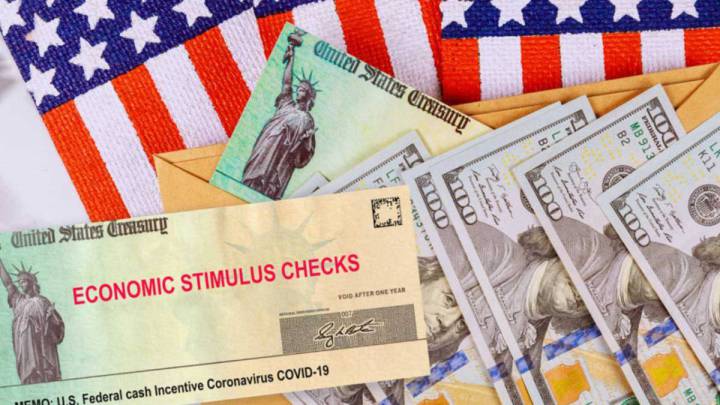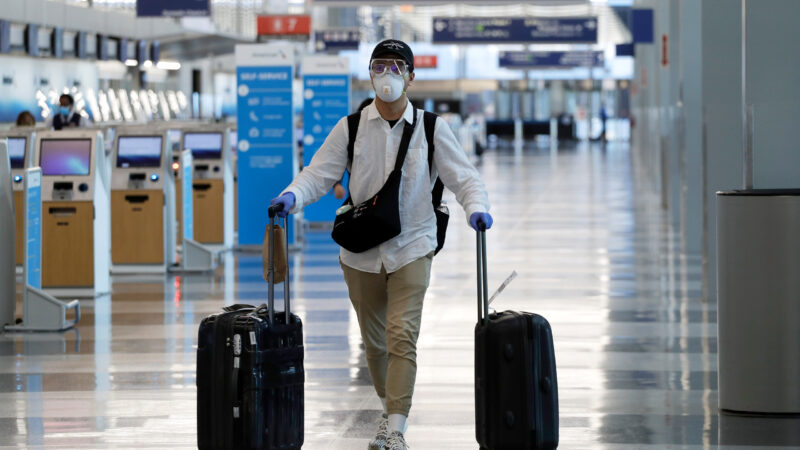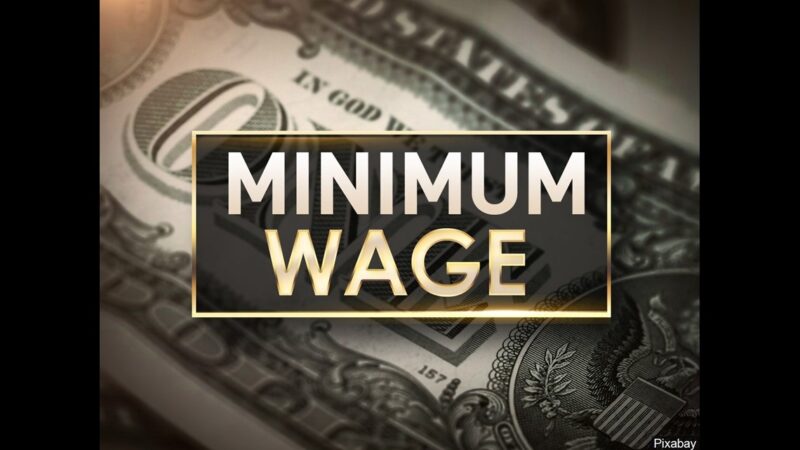
By Michael Collins
Think of it as a post-Christmas gift.
Starting next week, most Americans will receive a stimulus check of up to $600 from the federal government to help ease the financial burden caused by the COVID-19 crisis. The payments are part of a $900 billion pandemic relief package expected to win final approval in Congress on Monday.
The payments will be roughly half of what millions of Americans received last spring under a previous relief package designed to get the economy moving. But Treasury Secretary Steven Mnuchin said Monday the $600 checks will provide a needed boost for Americans who are still reeling from the financial fallout of the pandemic and will help juice the economy as well.
”So much relief, just in time for the holidays,” Mnuchin said during an interview on CNBC. “This is a very, very fast way of getting money into the economy. People go out and spend this money, and that helps small businesses. And that helps getting more people back to work.”
Families with dependent children also will be eligible for a $600 checkfor each child, so a family of four would receive up to $2,400. The payments will start to phase out for Americans who earn more than $75,000 a year, the same income limits that were placed on the first stimulus payments earlier this year.
Mnuchin said the government will begin sending the money out via direct deposit next week.
Americans still face lapse in aid Unemployment benefits fae delays for millions even with COVID-19 relief package
Where’s my check:Millions of Americans unemployed because of COVID-19 are still waiting on unemployment money

Second stimulus payment
For millions of Americans, it will be the second stimulus check they’ve received from the government this year.
More than 159 million checks of up to $1,200 were distributed in the spring under a stimulus law designed to give Americans a one-time cash infusion and revive an economy battered by coronavirus-related closures and other restrictions.
Those payments were authorized under a $2.2 trillion recovery package, known as the CARES Act. Under the law, individuals with an adjusted gross income of $75,000 or less were eligible for a one-time payment of up to $1,200 ($2,400 for joint tax returns) and $500 for each qualifying child. Those with little or no tax liability also were eligible for $1,200 ($2,400 for joint returns).
The CARES Act payments started to phase out for those who earn more than $75,000, or $150,000 for a joint return. The payments phased out completely for single filers with incomes exceeding $99,000, $136,500 for head of household filers with one child and $198,000 for joint filers with no children.
Most Americans didn’t have to do anything to receive a payment. The checks were sent automatically via direct deposit to eligible Americans who filed tax returns in 2018 and 2019. Physical checks were mailed to Americans who did not have a bank account or for whom the federal government did not have direct deposit information.
Not everyone was eligible, however. Those left out included many students, some elderly and disabled people and immigrants who don’t have a Social Security number.
Nor was the check delivery flawless. Checks totaling $1.4 billion were sent to more than 1 million dead people, according to the Government Accountability Office, which reported that a legal interpretation left the Treasury Department and the IRS unable to use government death records to stop the stimulus checks from going todeceased people.
Americans who received a check for a dead relative were asked to return the money.
Michael Collins covers the White House. Reach him on Twitter @mcollinsNEWS.
‘Too far gone’: Unemployment benefits face delays for millions even with COVID-19 relief package
Stimulus for the dead: Coronavirus stimulus checks sent to dead people should be mailed back to IRS, Treasury says










